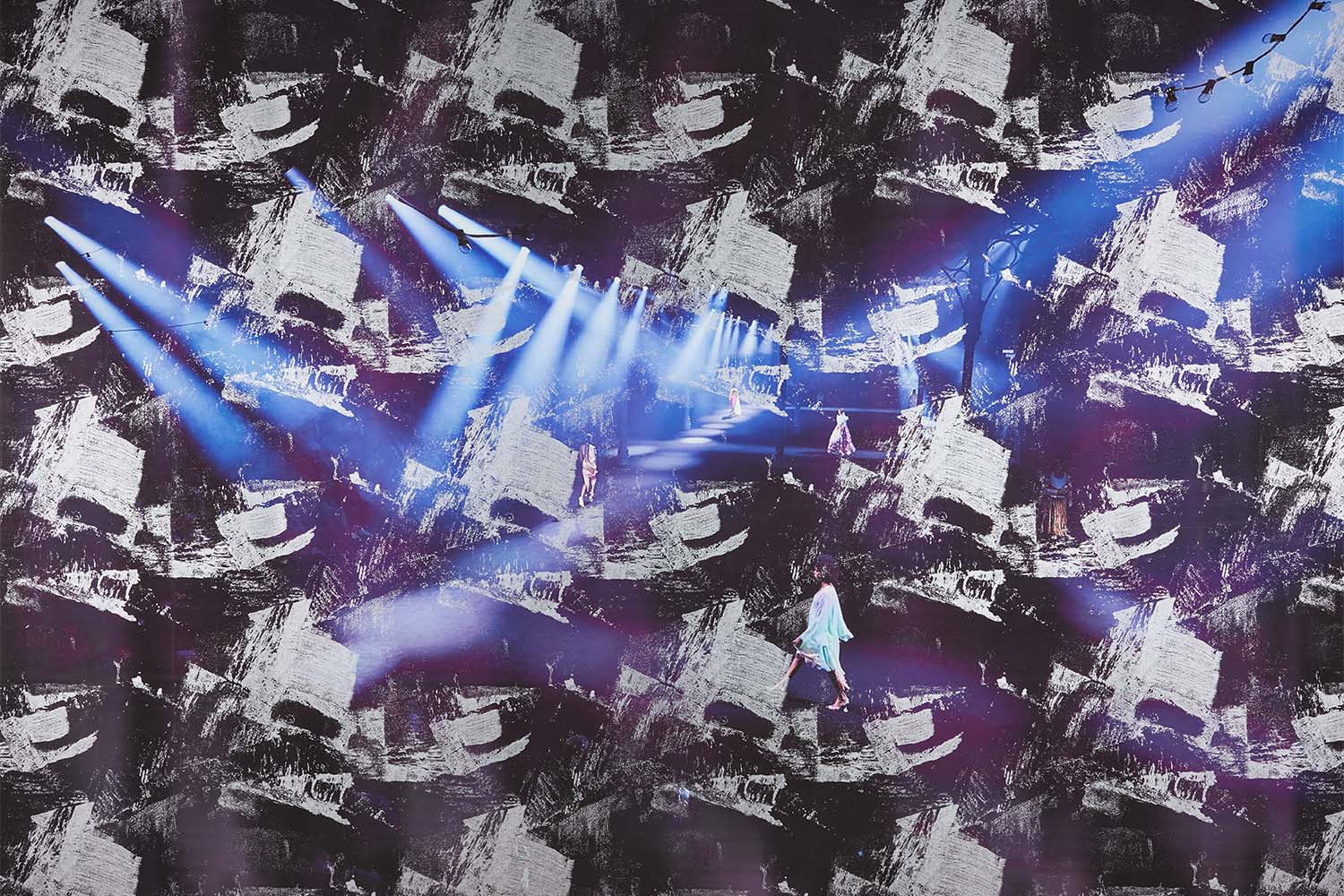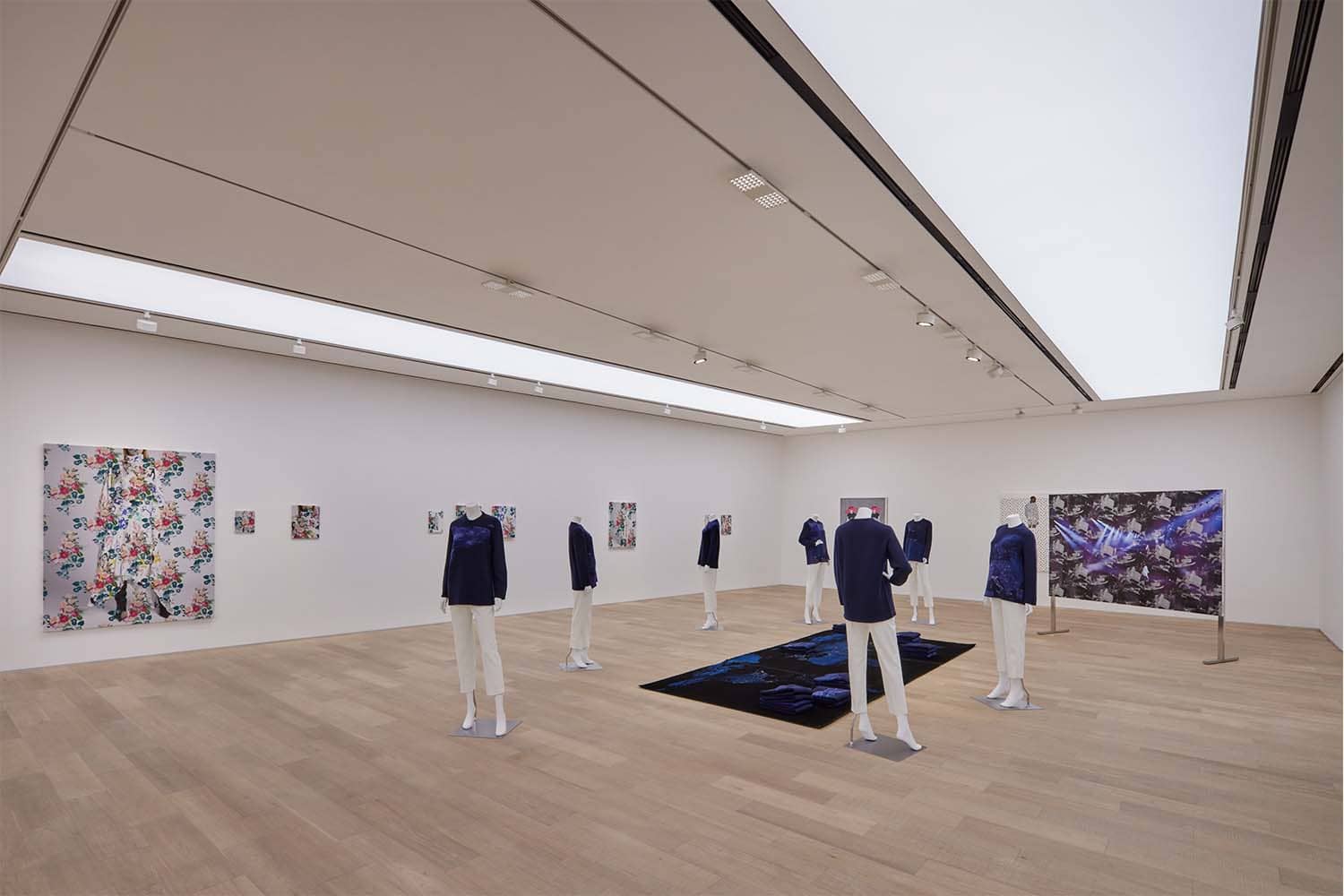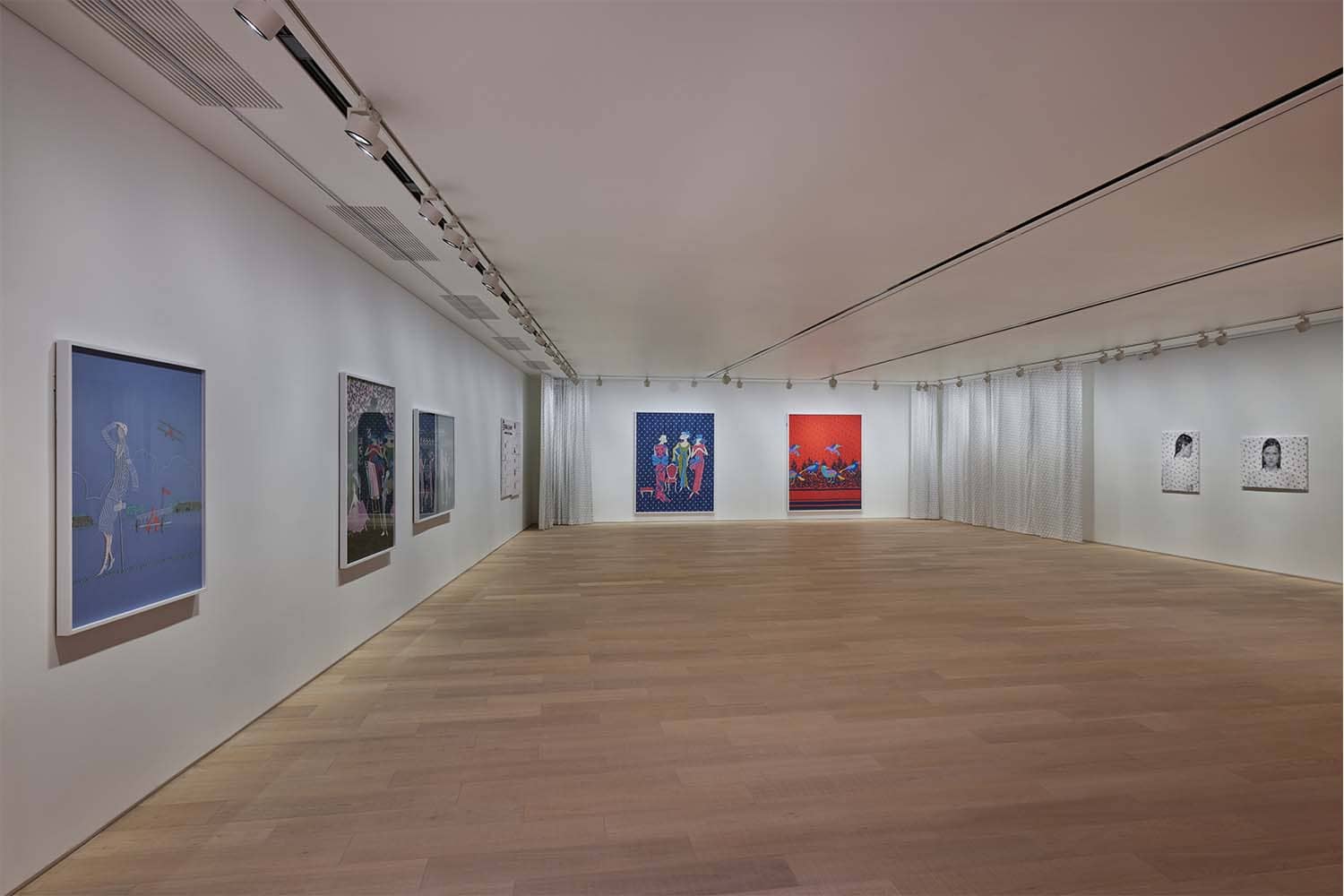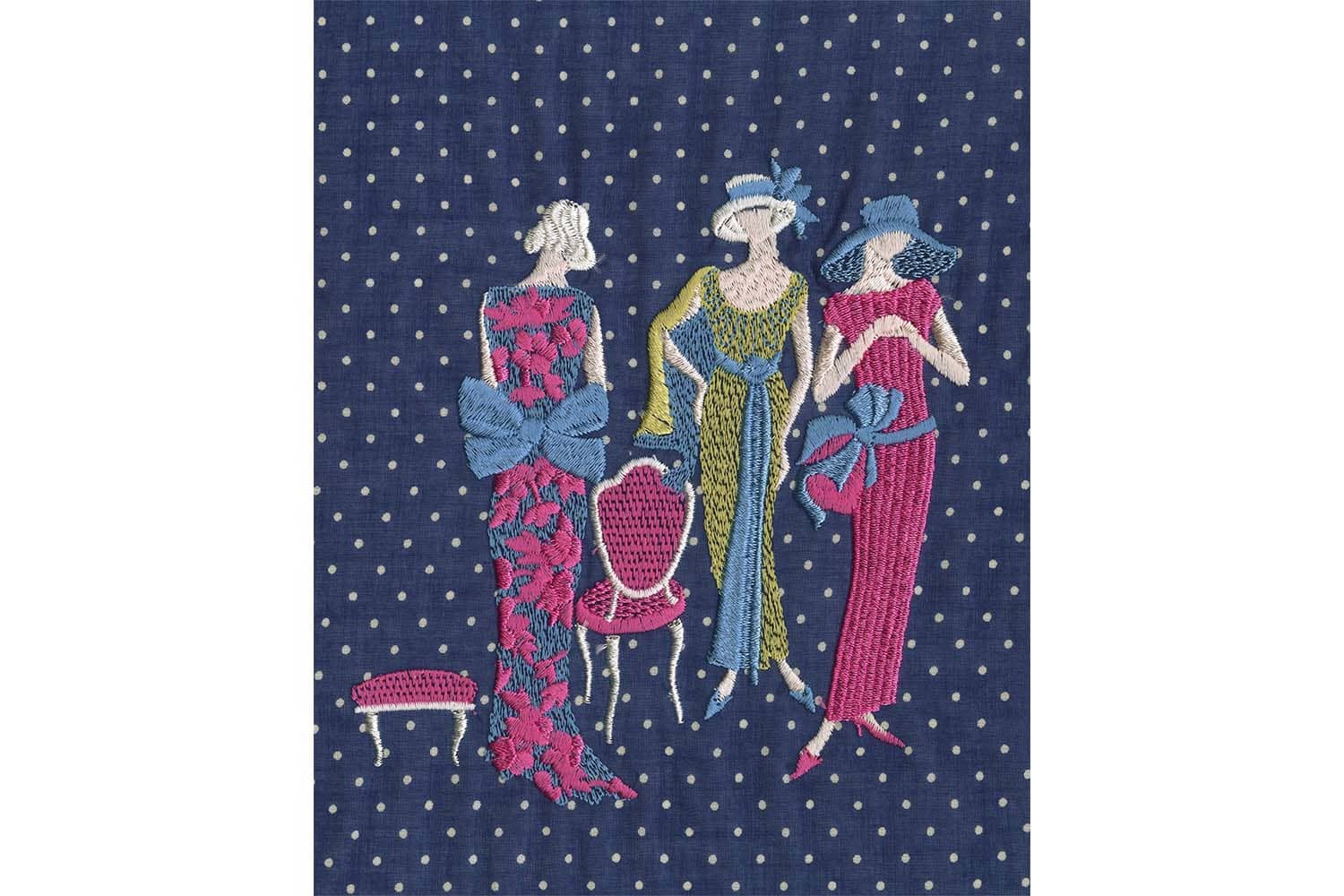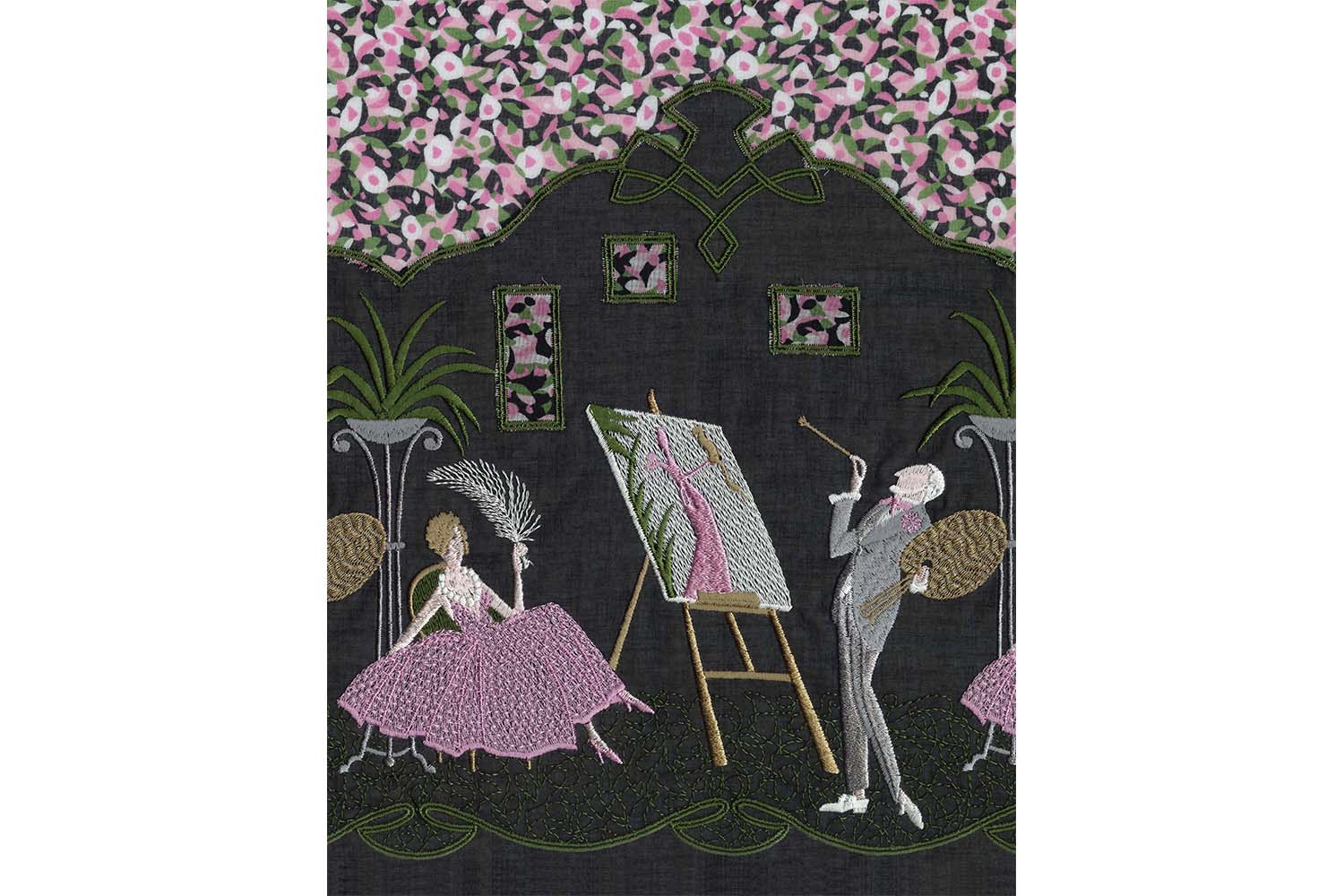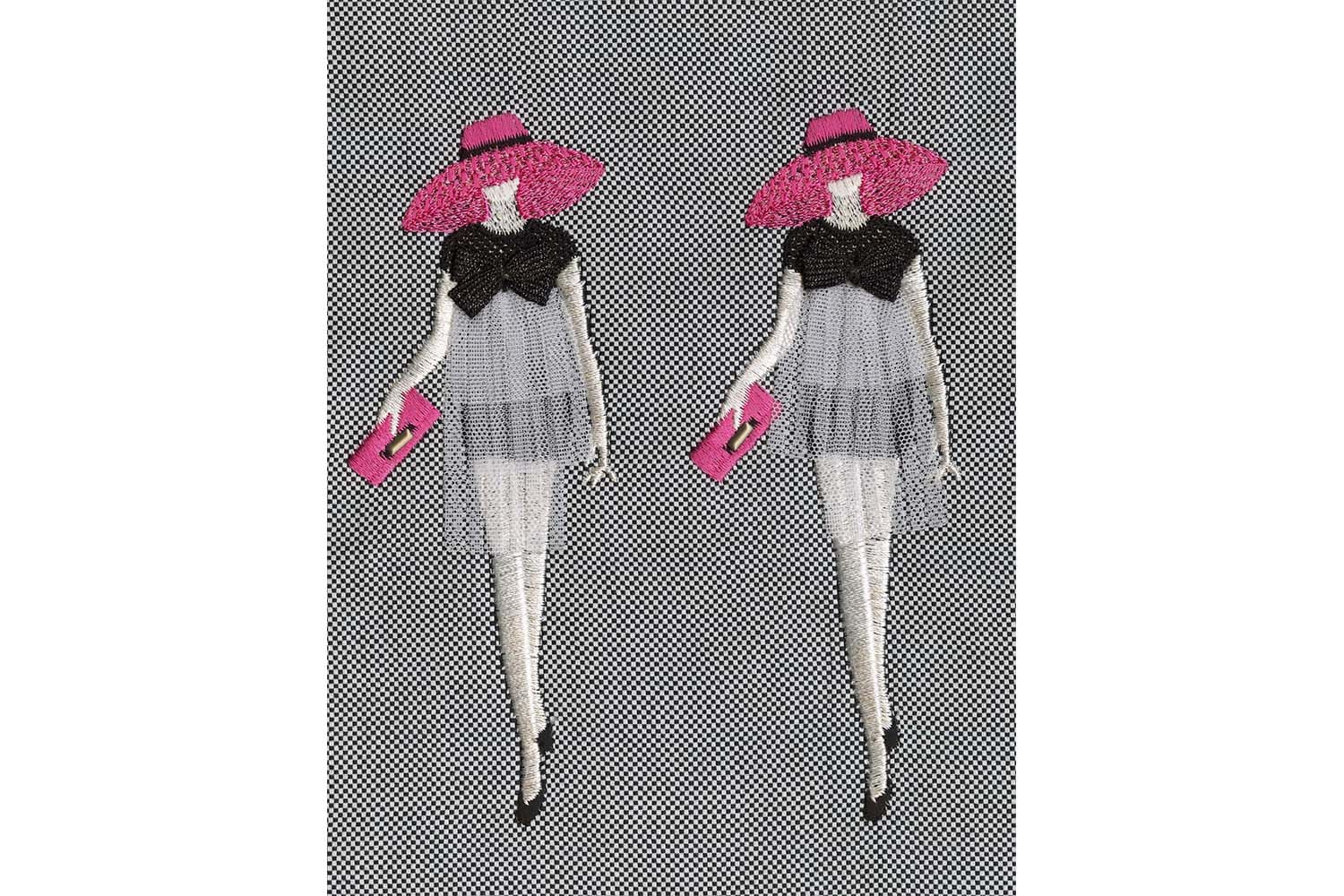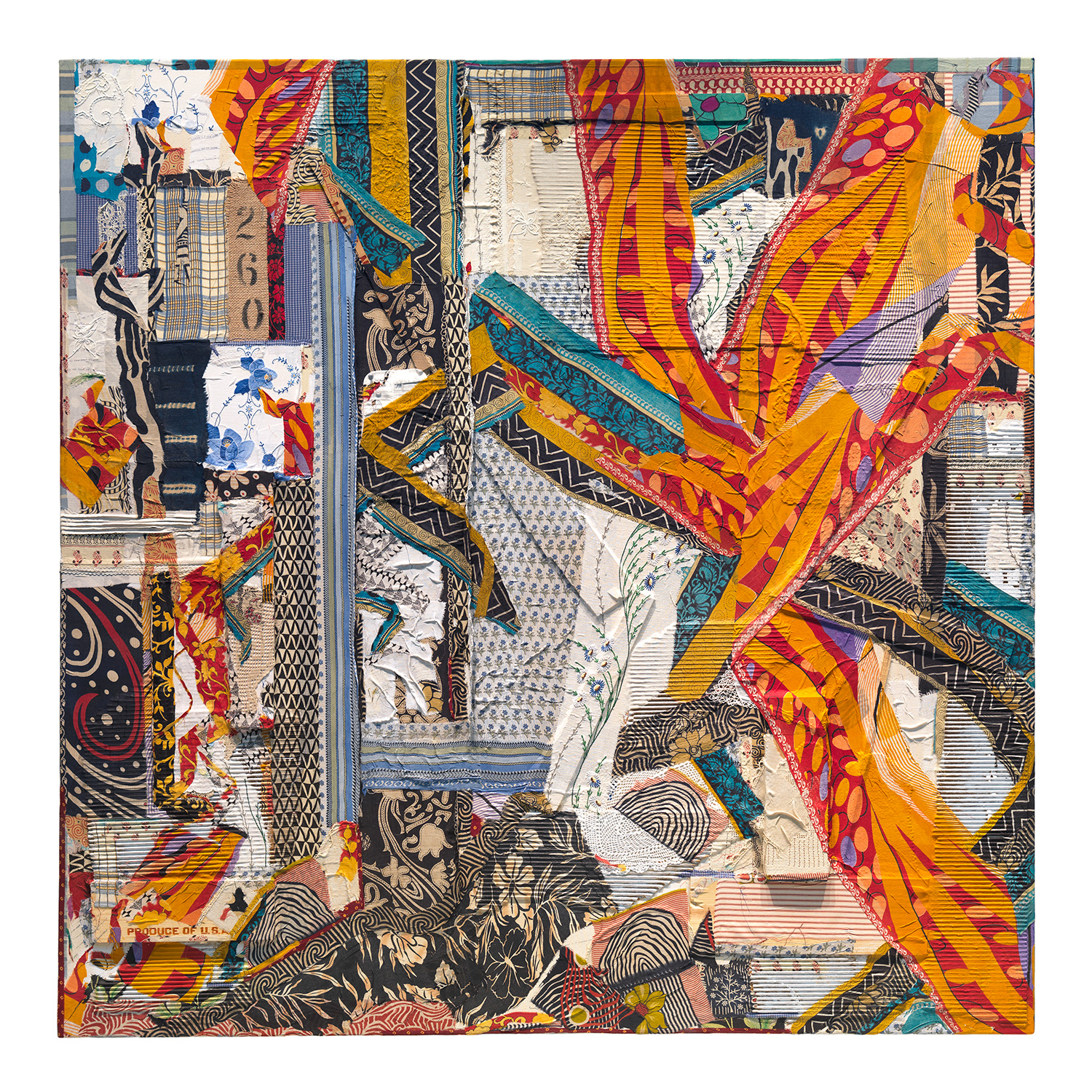“Personal Shopper” is Tobias Kaspar’s first solo exhibition in South Korea. Kaspar investigates how the consumer desires and values of today’s society are created and changed through a wide range of media that include painting, photography, video, publishing, and installation.The artist is profoundly interested in fashion, which
not only has a huge impact on the formation and transformation of individual identity and patterns of behavior in our time but also deftly captures and swiftly reflects changes in contemporary social phenomena. His pieces transpose the grammar of fashion and the methods of its production to the creation of contemporary art.
This exhibition features 32 new and recent works from Personal Shopper, The Japan Collection, and Epicenter, three series that Kaspar has focused on over the past years, with the installation works planned for Foundry Seoul’s exhibition space. These pieces will provide a well-rounded introduction to the oeuvre of this “mischievous artist” who puts a critical eye on the contemporary in a visual language that is fickle yet elegant.
“Personal Shopper” (which shares the name of this exhibition) is a series of paintings that began in 2021 during the lockdowns triggered by COVID-19. The full-fledged emergence of online platforms during the pandemic and the new consumer habits that formed, as a result, were notable phenomena for an artist like Kaspar who has studied how fashion and style, and codes of consumption change amid our changing society. Through this series, the artist asks how those phenomena are altering the images and messages with which the fashion industry captivates consumers and what impact those changes are having on the contemporaries. The paintings in the “Personal Shopper” series are
made by printing screenshots of several scenes from online fashion stores on canvas and then placing on top silkscreens of repeated brushstrokes or various patterns that were used to produce haute-couture fabrics.
The first layer is composed of scenes carefully planned to draw consumers’ attention, such as a closeup of a face or a full-body shot of a posing model, or scenes that reveal consumers’ tastes, such as a cart full of products on an online store. Then that is overlayed with “painterly gestures” such as patterns mimicking brushstrokes, brand logos, and floral bouquets and wildflowers selected from a Swiss archive of fabric patterns. By choosing a mechanical method of creation and the artificial materials of screenshots and silkscreen patterns, Kaspar deliberately controls the influence of his improvision and individuality as an artist. That reflects his strategy of actively applying the “industrial” aspect of fashion to the area of art and of attempting to expand art on a formal level. At the same time, pieces that have been created through the overlap of two “screens” remind us of the contemporary practice of consuming and appreciating fashion and art through the screen.These pieces also kindle expectations about the expanded interpretations and scenes that will be newly presented as these two areas respond to rapid changes in media and the environment.

